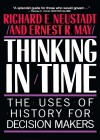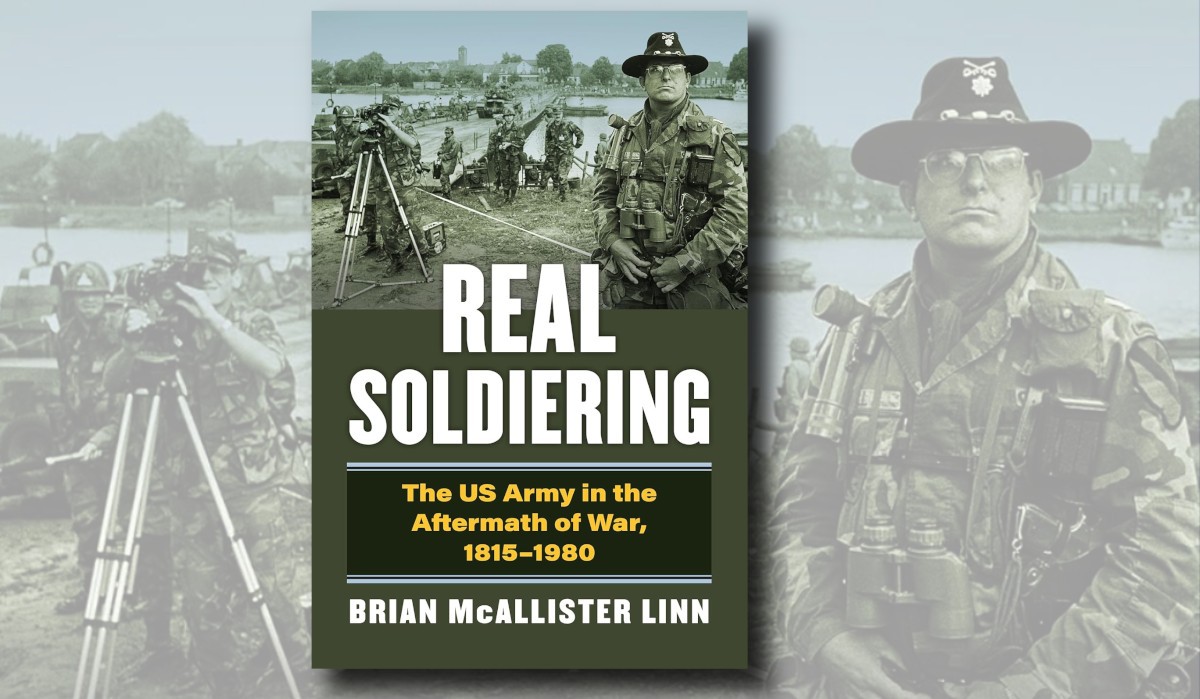The Free Press, New York, 1986, ISBN 0029227907, 329 pp
Written By: Richard Neustadt and Ernest May
Reviewed By: Samuel White
Thinking in Time was first published in 1982. I would argue its core message about the importance of integrating historical thinking into decision-making remains timeless, with the idea that “better decisions involve drawing on history to frame sharper questions”.[1] However, does the book stand up as a practical guide for contemporary readers? On this point, I believe it falters. While its foundational ideas resonate, the presentation feels dated, overly prescriptive, and perhaps out of touch with the nuanced demands of modern leadership and planning.
The book’s central thesis is that history matters in decision-making—not as a predictive tool but as a guide to asking sharper, more informed questions. Neustadt and May advocate for what they term "placement," encouraging decision-makers to situate events, people, and organisations within their historical context.[2] They propose a set of heuristics to help decision-makers navigate historical insights: identify what is known, what is unclear, and what is presumed about a situation.[3] From there, decision-makers are urged to compare the current scenario with historical analogies to discern similarities and differences, helping them avoid the trap of superficial parallels.
This approach is both the book’s greatest strength and its Achilles' heel. On one hand, it offers a structured framework for applying historical thinking to real-world problems – an invaluable skill for leaders operating in complex, bureaucratic systems. On the other hand, the book’s case studies — such as Truman’s decision to intervene in Korea[4] or the development of social security[5] — are undeniably dated and steeped in an American perspective. While these examples are relevant to their time, their cultural and historical specificity limits their utility for a global audience or for decision-makers grappling with 21st-century challenges.
For military planners, the book offers some intriguing parallels. As highlighted in the 2020 Field Grade Leader review, Neustadt and May’s concept of "thinking in time" aligns closely with military planning processes like the military decision-making process.[6] and I echo its similarity to the appreciation process used in the Australian Defence Force. The emphasis on "placement" mirrors the military’s focus on understanding the operational environment, the adversary, and the historical context in which a campaign unfolds. However, as someone trained in these methodologies, I found much of the book’s guidance to be redundant—what the authors present as groundbreaking is already deeply ingrained in military culture and professional education.
One of the book’s more unique contributions is its discussion of time as a "stream" rather than a series of isolated events. This perspective encourages decision-makers to consider not only the immediate context but also the broader currents of history, including the institutional and organisational dynamics that shape outcomes. Neustadt and May highlight figures like George Washington and General Marshall as exemplars of this approach, though their evidence for the former is thin and their analysis feels overly celebratory. It is interesting that the only two positive examples within the work are military. The broader lesson, however, is sound: effective leaders recognise that history is not just a static record of the past but an active force shaping the present and future.
Despite its strengths, Thinking in Time struggles to connect with a contemporary audience. Its prose is heavy-handed, and its messaging often feels repetitive. I felt that the book was just common sense across 270 substantive pages. The lessons in it are matched by the initial officer training courses across the three services; or junior non-commissioned officer training. Who, then, would benefit from this book?
Perhaps junior leaders or those new to the concepts of historical thinking and decision-making would benefit most from this work. For them, the heuristics and case studies may serve as a useful introduction. For seasoned professionals—whether in the military, law, or other fields requiring structured decision-making—the book’s insights are likely to feel redundant or overly simplistic.
Ultimately, Thinking in Time remains relevant in principle but struggles to maintain practical value in its original form. Its core ideas—about the importance of historical context, the value of questioning assumptions, and the necessity of understanding time as a dynamic process—are as critical today as they were in 1982. However, its presentation is dated, and its utility is limited for those already trained in structured decision-making. For most readers, the book’s enduring relevance lies not in its specifics but in its broader reminder: history, properly understood, is an essential tool for leaders navigating uncertainty.
To that extent it might offer the slightest, limited benefit for those seeking to understand staff work within American units – but I doubt that pithy references to 1930s social security legislation, and the nuances of using ‘insurance’ language by bureaucrats than ‘welfare’ will win any points. For those seeking a more contemporary guide, the Brookings volume The Power of the Past[7] or the Belfer Center’s Applied History Manifesto[8] build on its insights, offering practical methods to bring history into strategy. Other works – such as Yuen Foong Khong’s Analogies at War[9] or Margaret MacMillan’s Uses and Abuses of History[10] add depth, but all reflect a serious, disciplined use of the past that stands in contrast to the occasional and often superficial nods to history in bureaucratic jargon.
Endnotes
[1] Thinking in Time p 32.
[2] Ibid, 158.
[3] Ibid, 82 – 92.
[4] Ibid, 38.
[5] Ibid, 70.
[6] Rick Chersicla, “Thinking in Time: Lessons for Military Planners by Richard Neustadt and Ernest May” (1 August 2020) from Thinking in Time: Lessons for Military Planners by Richard Neustadt and Ernest May - The Field Grade Leader
[7] Hal Brands and Jeremi Suri (eds), The Power of the Past: History and Statecraft (Brookings Institution Press, 2015).
[8] Graham Allison and Niall Ferguson, Applied History Manifesto (Belfer Center for Science and International Affairs, Harvard Kennedy School, 2017).
[9] Yuen Foong Khong, Analogies at War: Korea, Munich, Dien Bien Phu, and the Vietnam Decisions of 1965 (Princeton University Press, 1992).
[10] Margaret MacMillan, Uses and Abuses of History (Profile Books, 2008).



